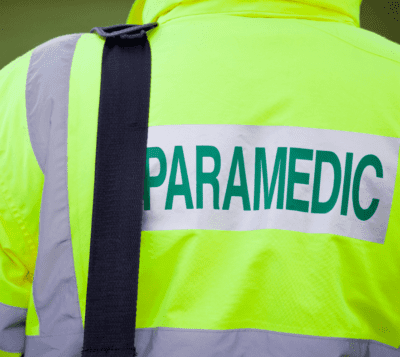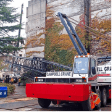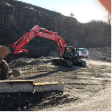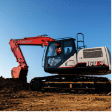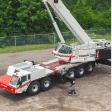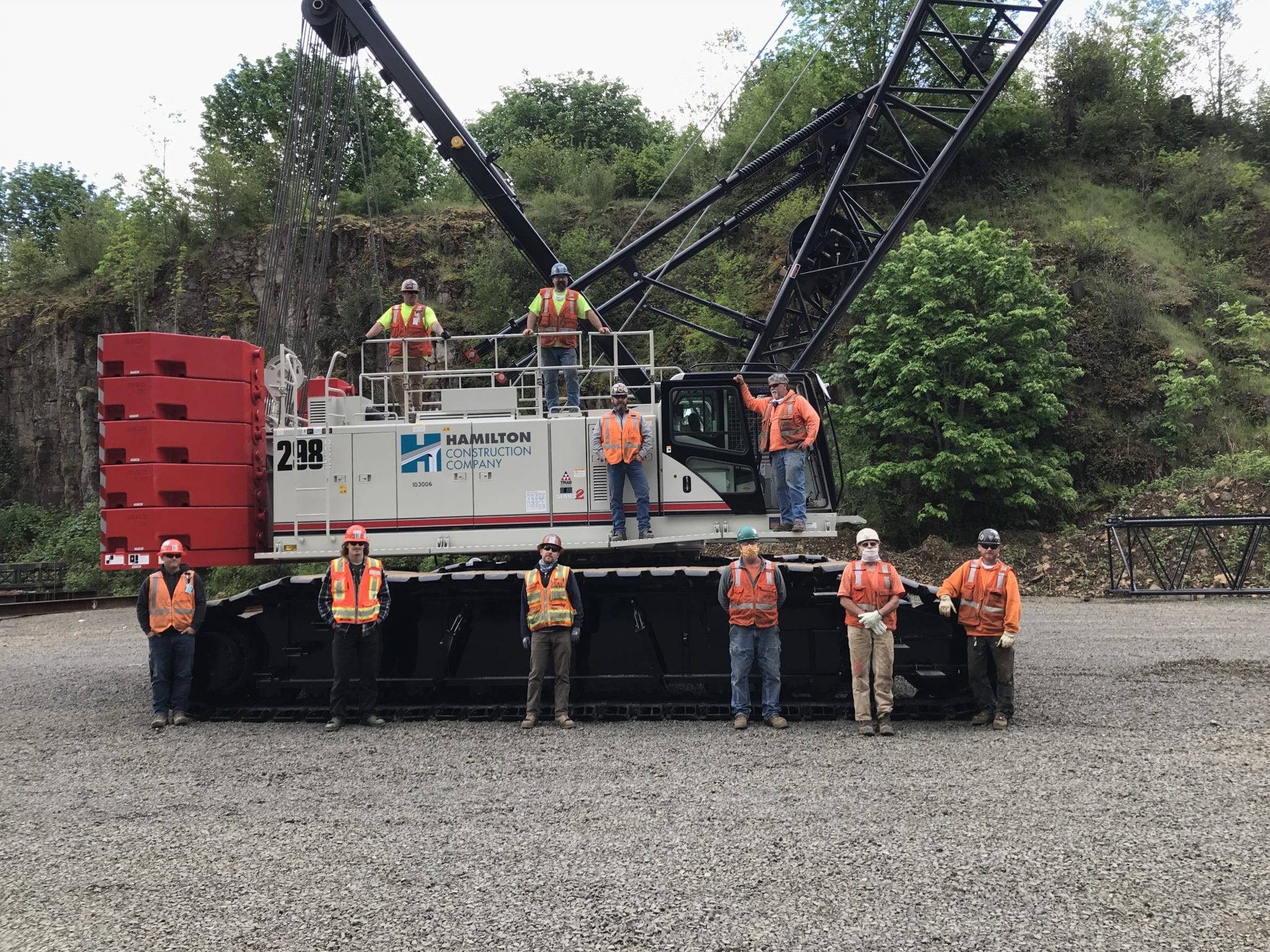Jobsite Emergencies
In the fast-paced environment of a jobsite, being prepared for emergencies is not just a precaution, but a necessity. Proper preparedness ensures the safety and well-being of all workers, minimizes potential downtime, and helps maintain regulatory compliance. By having a solid emergency plan in place, you can mitigate risks and respond effectively when the unexpected happens. This month we are reviewing ways that you can be prepared for a jobsite emergency.
What do you consider a site / facility emergency?
• Heart Attack / Stroke
• Allergic reaction
• Falling from a piece of equipment or ladder
• Person that cut themselves and is bleeding
• Trash can or equipment fire
• Situations that may require action from a first responder or EMS provider
What is considered a workplace emergency?
A workplace emergency is a situation that threatens workers, customers, or the public; Disrupts or shuts down operations; Or causes physical or environmental damage
The time to be prepared is not during the emergency, but prior, with a well defined
plan, equipment, and proper training to make responsible decisions quickly.
Factors to consider when responding to an emergency include:
• If a medical situation, do we have trained personnel and equipment onsite
and/or do we need to call 911 for additional medical assistance?
• If a fire situation—can we handle with our personnel and the use of facility fire extinguishers?
If you decide to call 911 for assistance:
-Have someone stay with the injured person, have someone call 911 and another person get the first aid equipment to your location (along with 1st aid trained personnel).
-Have a designated person at the front of the building to guide all responding first responders (for medical and fire related incidents).
-After the incident, evaluate how the incident went overall and make any changes that may need to be changed.
What does OSHA consider 1st aid treatment?
First aid can include cleaning minor cuts, scrapes, or scratches; treating a minor burn; applying bandages and dressings; the use of non-prescription medicine; draining blisters; removing debris from the eyes; massage; and drinking fluids to relieve heat stress.
IMPORTANT NOTE: OSHA standards 29 CFR 1910.151 requires that in the absence of an infirmary, clinic, or hospital near the workplace, a person or persons must be adequately trained to render first aid. Adequate first aid supplies must be readily available.
Follow Triad Machinery’s Safety Corner blog for more tips and info on jobsite safety

